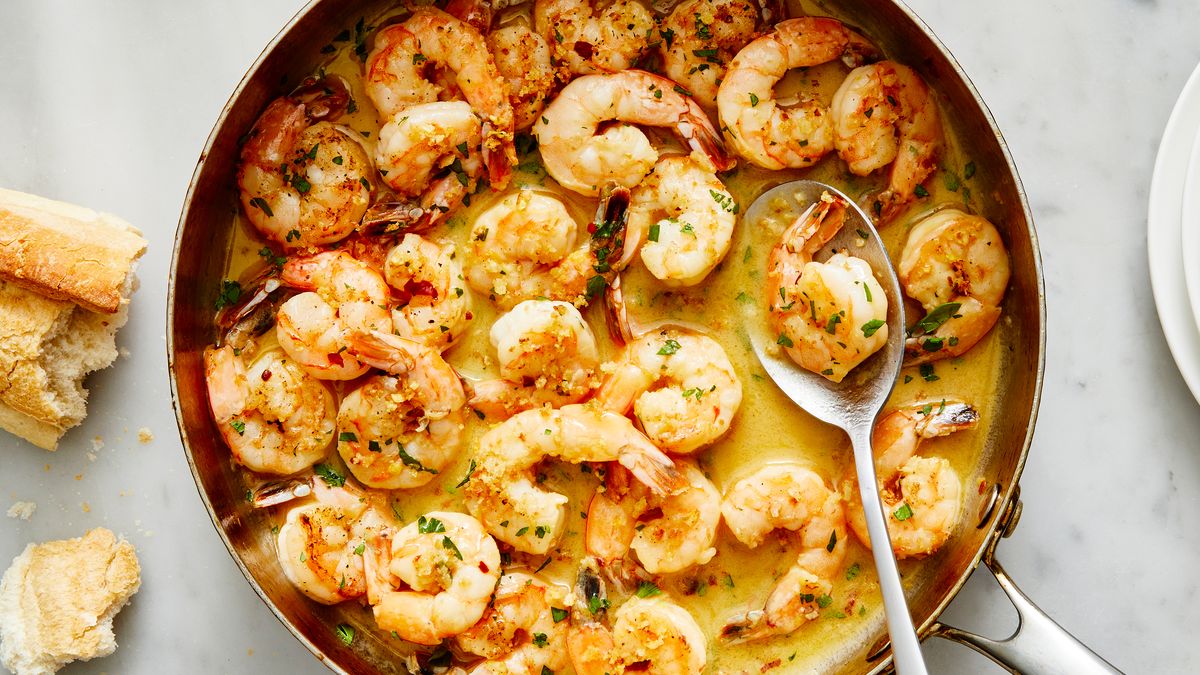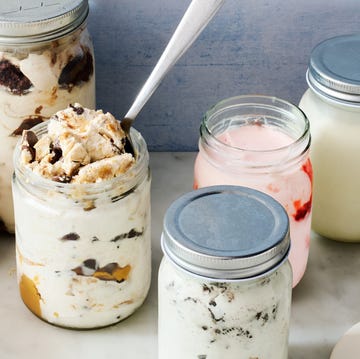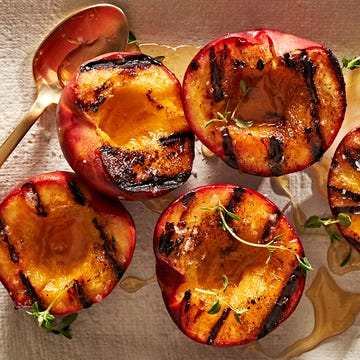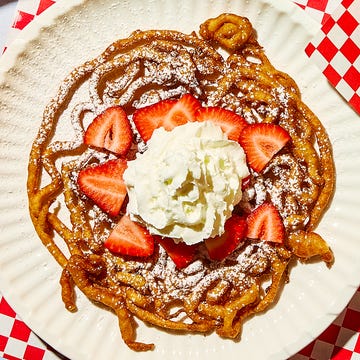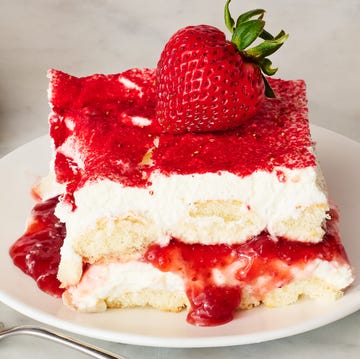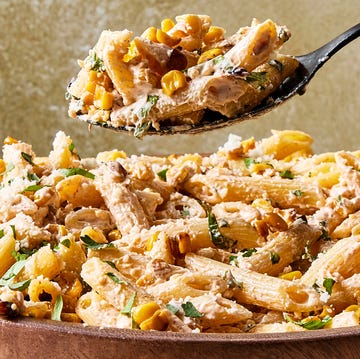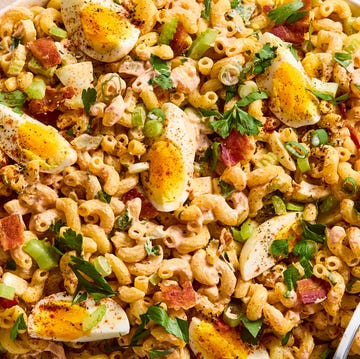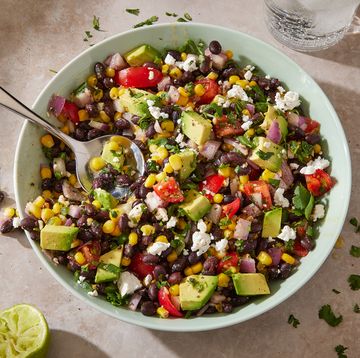1Ingredients
 Emily Jacobs
Emily JacobsLike the original cronut™, we based our recipe on croissant dough, which consists of layers of alternating dough and butter. This creates the flaky, airy texture of a croissant — or cronut, in this case.
Check out the full recipe at
TheDailyMeal.com, then click on for tips and photos of each step in the process.
2The Butter
 Emily Jacobs
Emily JacobsFor the soft butter, wrap it in plastic wrap and gently soften it by warming it with your fingers. When added to the dough, it helps with the elasticity and texture.
Advertisement - Continue Reading Below
3Don't Overmix
 Emily Jacobs
Emily JacobsThe most important thing to remember is to not overmix the dough. Just mix until the dry ingredients and wet ingredients are combined. This will prevent gluten development and make the dough easier to work with when rolling out. The dough doesn’t have to be perfectly smooth. Every time you touch the dough, you are working it. So make every moment count and work quickly to gather the dough into a ball and chill.
4Rolling the Butter
 Emily Jacobs
Emily JacobsWe let our dough rest in a greased bowl, covered with a damp cloth, and in a warm spot for about 45 minutes until it had risen to about double in size. While the dough is rising, roll out the butter between two pieces of parchment paper. We found that it’s much easier to work with room temperature butter.
Advertisement - Continue Reading Below
5Buttering Our Dough
 Emily Jacobs
Emily JacobsNow the fun part begins — and get out your tape measure! To get those flaky layers of dough, we had to incorporate a lot of butter. Wrap the butter up with the dough like a little present.
6Rolling It Out
 Emily Jacobs
Emily JacobsMake sure to seal the edges so that the butter doesn’t escape from the sides of the dough.
To lock in the butter, roll the dough out on a lightly floured surface. The dough should be longer than it is wide. Fold the right side toward the middle and then the left side over on top of the right side, like you are folding a letter. This creates the dough layers. Repeat this process two more times and remember to chill thoroughly in between. Roll the dough out again, making sure that your corners are squared off, and cut dough into thirds. We chose to stack these pieces of dough to give the pastry height and lots of flaky and buttery layers. Roll the dough out one last time. Make it large enough to cut out one dozen pastries.
Advertisement - Continue Reading Below
7Shaping the Pastry
 Emily Jacobs
Emily JacobsUse two different-sized ring molds to make a doughnut shape out of the dough. We tried frying the holes, but unfortunately they fell apart instantly once they hit the oil. Cut out all of the pastry shapes. If the dough is getting too sticky, put it back in the refrigerator and chill for a few minutes.
8Proofing
 Emily Jacobs
Emily JacobsAt this point, the dough needs to proof. Place on a parchment lined baking dish, cover in plastic, and let rise in a warm spot. You’ll know when the dough has proofed long enough when you press it gently with your finger and it doesn’t spring back immediately.
Advertisement - Continue Reading Below
9Just Like the Real Thing
 Emily Jacobs
Emily JacobsLike the original cronut™, we fried our version in grapeseed oil at 350 degrees F to get a golden brown outside and the inside perfectly cooked through. Don’t crowd the fryer and leave enough room so that each pastry can be flipped over.
10So Worth It
 Emily Jacobs
Emily JacobsAfter a little bit of work with the dough, the end result is worth it. Golden brown with lots of buttery layers of soft dough.
Advertisement - Continue Reading Below
11Sugaring
 Emily Jacobs
Emily JacobsWe don’t just stop there, though. To finish the pastry exactly like Ansel does, we rolled ours in a mixture of cinnamon and sugar. This is best done when they are still warm, but the excess oil has been absorbed with a paper towel.
12Filling
 Emily Jacobs
Emily JacobsAnd just like Ansel does as well, we filled ours with a vanilla cream. Inject the cream into the pastry in a few different spots to ensure that the cream is dispersed throughout.
Advertisement - Continue Reading Below
13Oh, and, Glazing Our Pastry
 Emily Jacobs
Emily JacobsHe also glazes it, so we did, too.
14The Daily Meal’s Recipe
 Emily Jacobs
Emily JacobsWhat could be better than taking your first satisfying bite of a homemade cronut-like pastry? Like the original, our version had buttery layers of dough filled with vanilla cream and glazed. Skipping the hectic bakery lines and enjoying a homemade version is a sweet way to start the day.
Check out the full recipe at
TheDailyMeal.com.
Advertisement - Continue Reading Below
15More Food Fun
 Emily Jacobs
Emily Jacobs Advertisement - Continue Reading Below
Advertisement - Continue Reading Below
Advertisement - Continue Reading Below

